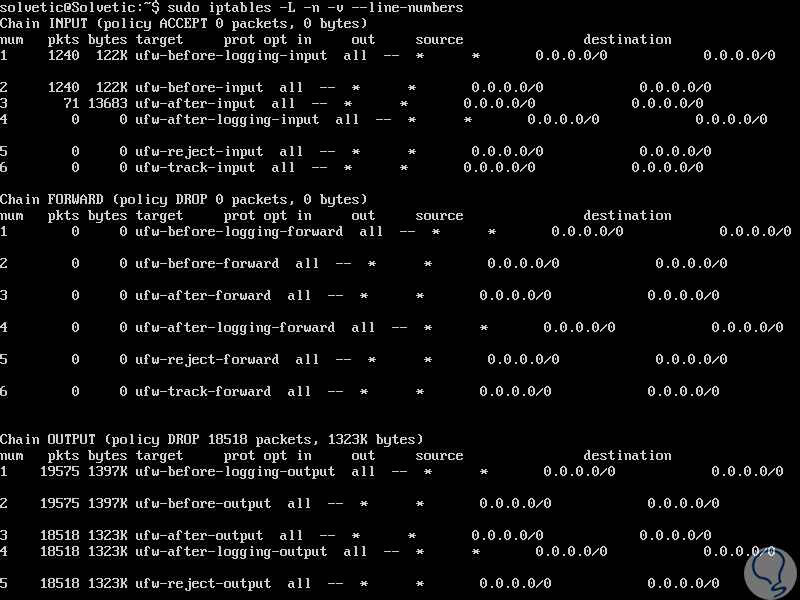

Same goes for other chains as well like iptables -policy OUTPUT DROP iptables -policy FORWARD DROP To revert it again back to ACCEPT, do the following iptables -policy INPUT ACCEPT The above rule will not accept anything that is incoming to that server. To accept or drop a particular chain, issue any of the following command on your terminal to meet your requirements.


Sudo iptables -F INPUT sudo iptables -F OUTPUT sudo iptables -F FORWARD ACCEPT or DROP Chains To know more about the histrity of netfilter, please visit this link. To know more about netfilter, please visit this link. Currently, netfilter core team head is Pablo Neira Ayuso. Harald Welte was the former leader until 2007 and then Patrick McHardy was the head until 2013. Later he was joined by many other tech people then form and build the Netfilter core team and develop & maintain the netfilter/iptables project as a joint effort like many other open source projects. Paul Rusty Russell was the initial author and the head think tank behind netfilter / iptables. The rise of the iptables begin with netfilter. Whatever GUI tools or other security tools you are using to configure your server’s firewall security, at the end of the day, it is converted into iptables rules and supplied to the kernel to perform the operation. Every iptables rules are directly handled by the Linux Kernel itself and it is known as kernel duty. You must have root privileges to execute each iptables rules. Linux Kernel uses the Netfilter framework so that it can provide various networking-related operations which can be performed by using iptables. Previously, ipchains was used in most of the Linux distributions for the same purpose. Normally, iptables rules are configured by System Administrator or System Analyst or IT Manager. As for example, iptables is used for IPv4 ( IP version 4/32 bit ) and ip6tables for IPv6 ( IP version 6/64 bit ) for both tcp and udp. Iptables uses different kernel modules and different protocols so that user can take the best out of it.

Iptables is an application / program that allows a user to configure the security or firewall security tables provided by the Linux kernel firewall and the chains so that a user can add / remove firewall rules to it accordingly to meet his / her security requirements. Most of senior IT professionals knows about it and used to work with it as well. What is iptables?įirst, we need to know what is iptables. Let’s begin wihtout wasting further more time. Today we will walk through iptables and firewalld and we will learn about the history of these two along with installation & how we can configure these for our Linux distributions.


 0 kommentar(er)
0 kommentar(er)
